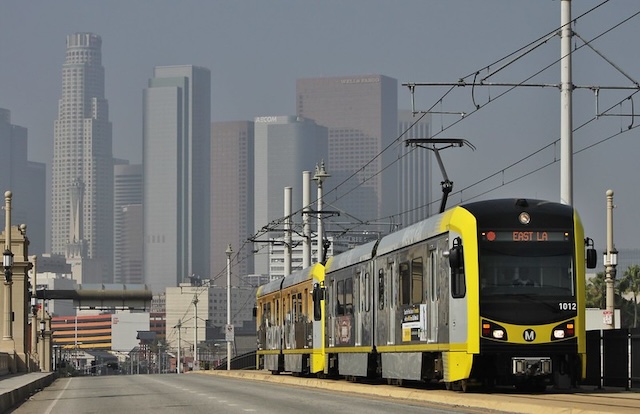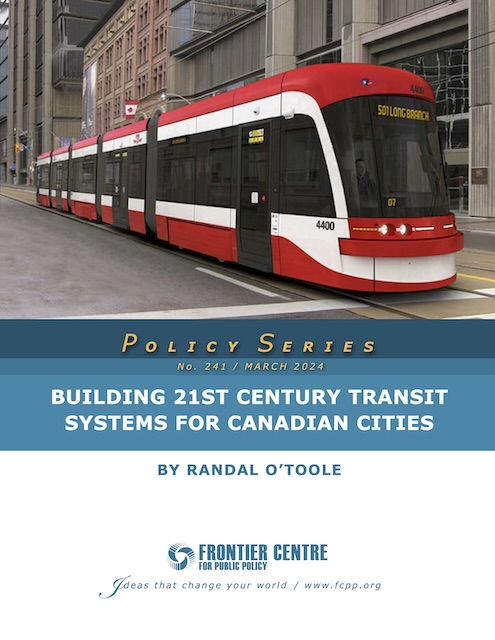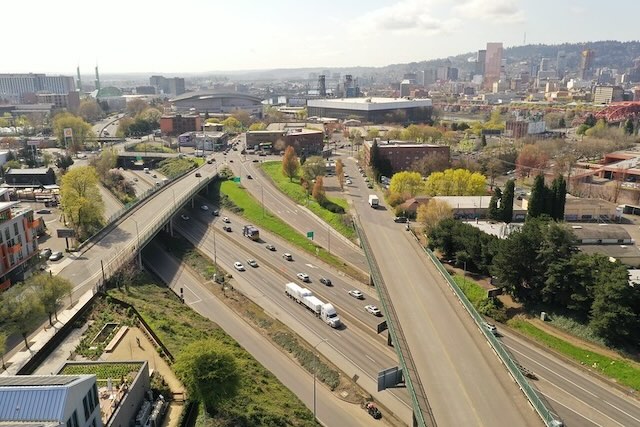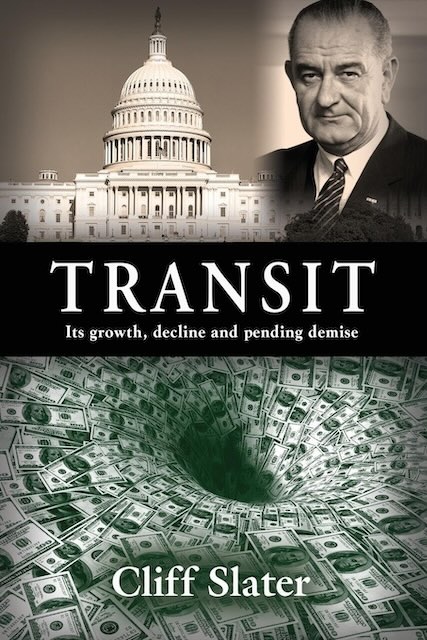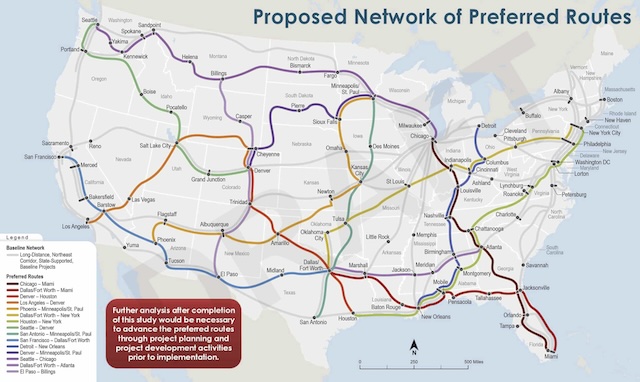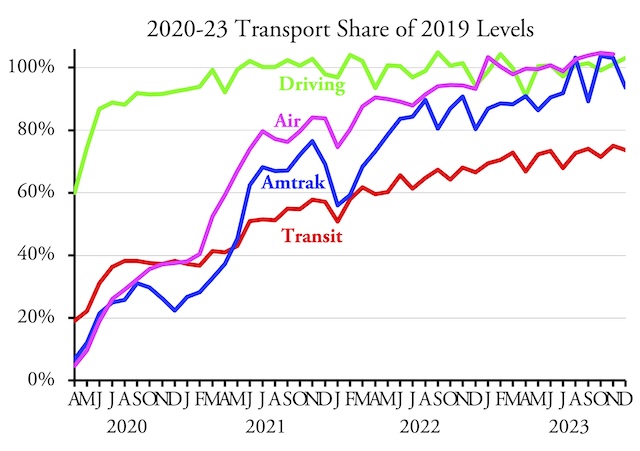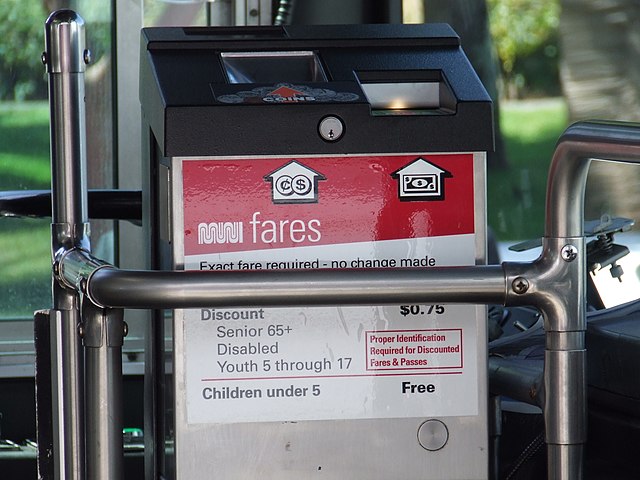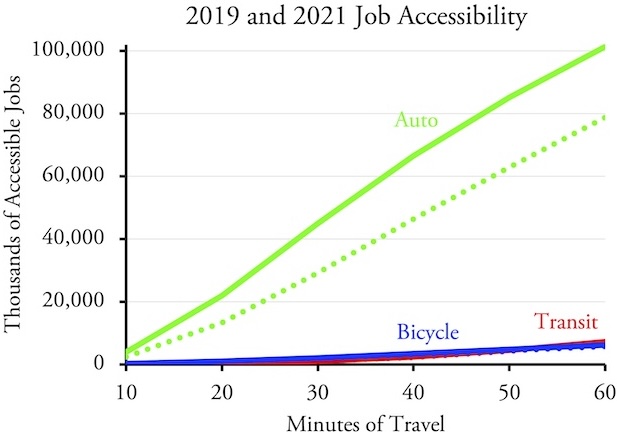The California High-Speed Rail Authority recently released a new draft business plan saying that it needs only $100 billion more to finish the project. The plan admits that the agency expects to spend more on the 171 miles between Merced and Bakersfield than the $33 billion it had projected the entire 463-mile project would cost when voters approved it in 2008. Even with a recent federal grant, the agency only has about $25 billion for the project, most of which it has already spent.
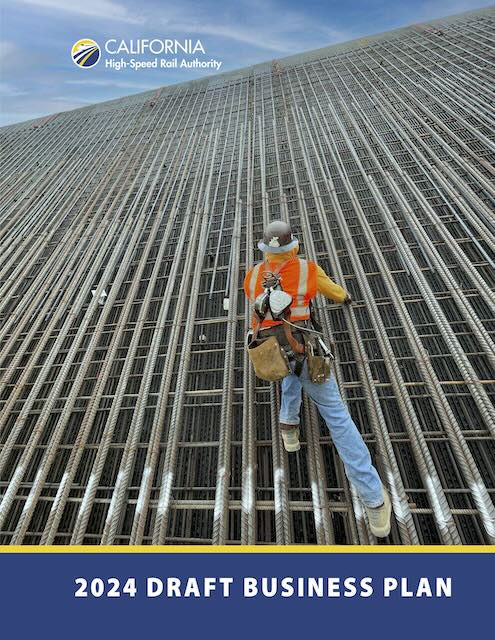 Click image to download a 17.8-MB PDF of this plan.
Click image to download a 17.8-MB PDF of this plan.
As shown on page 65 of the plan, the current projection is that the final cost of the project will be between $89 billion and $128 billion, with $106 billion supposedly being most likely. It pairs this with a projected cost of $211 billion “that would be necessary to construct the equivalent highway and air passenger capacity.” However, this is entirely bogus. It assumes, for example, that the only way to increase airline capacities is by building new airports; increasing the size of planes flying between LA and San Francisco is somehow impossible. It also assumes that new freeway lanes would have to be constructed the entire distance between LA and the Bay Area, even in places that aren’t expected to be congested in the future. Continue reading

